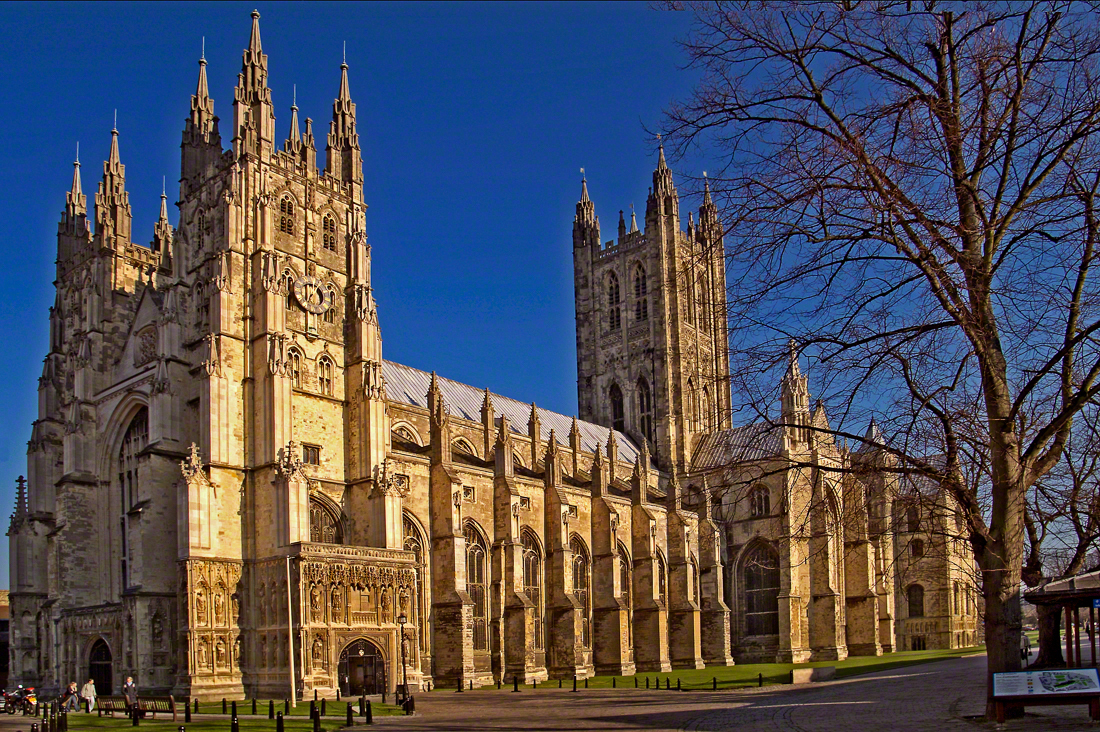“To be an Anglican is to talk about what it means to be an Anglican.”[1] This has certainly been the case so far in the twenty-first century, with no fewer than four books on the subject published in the past four years alone, three of which were released in the span of thirteen months.[2]
Login to read more
Sign in or create a free account to access Subscriber-only content.
Topics:
